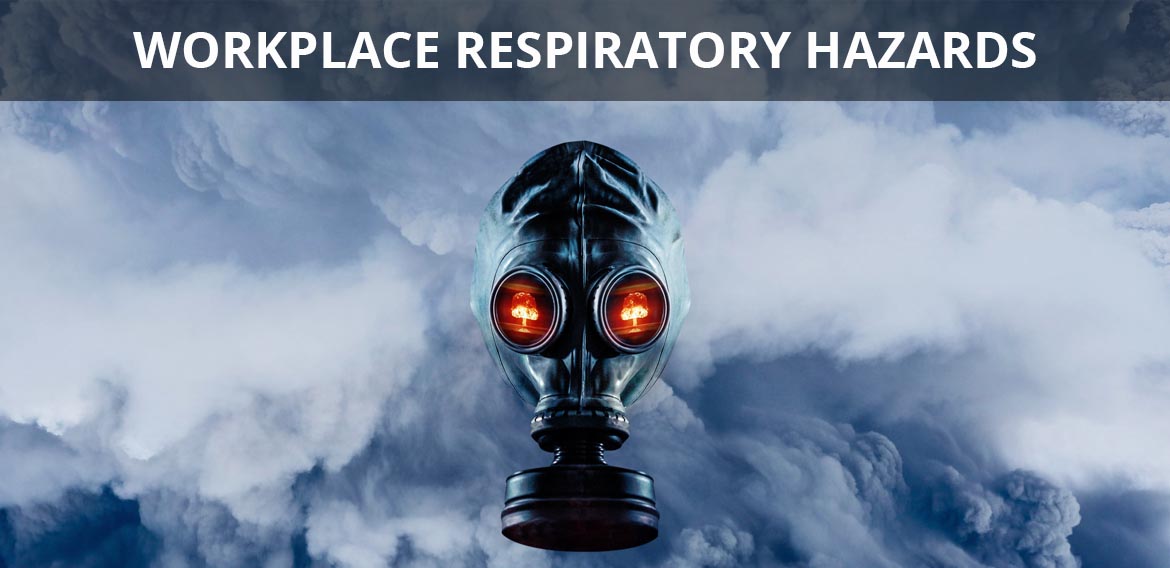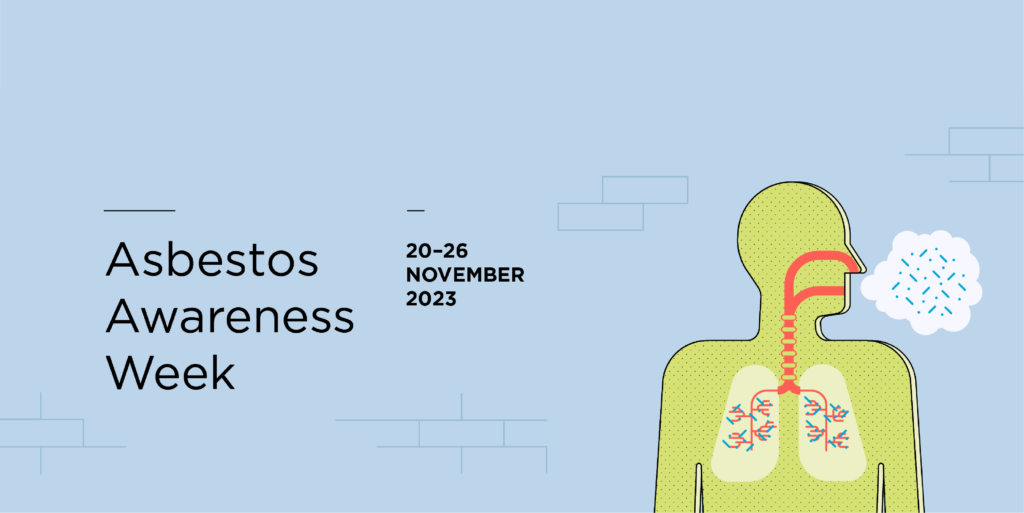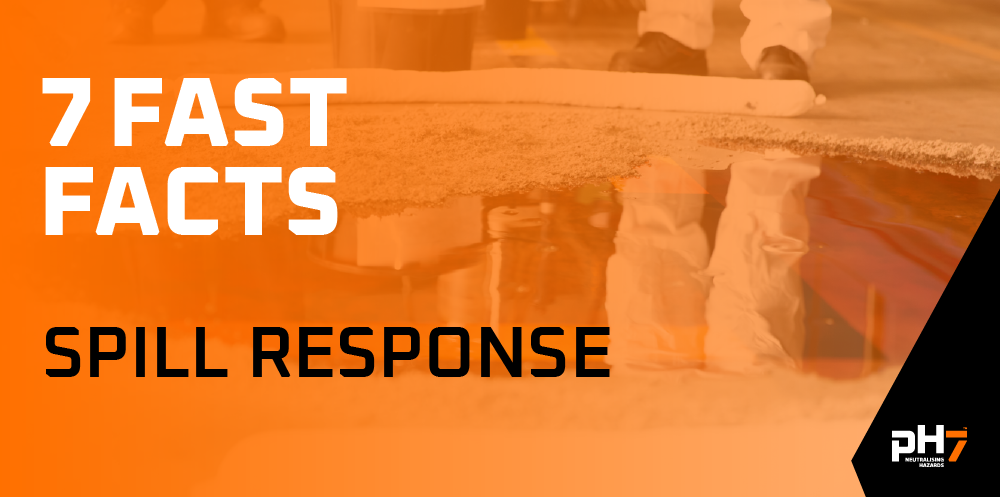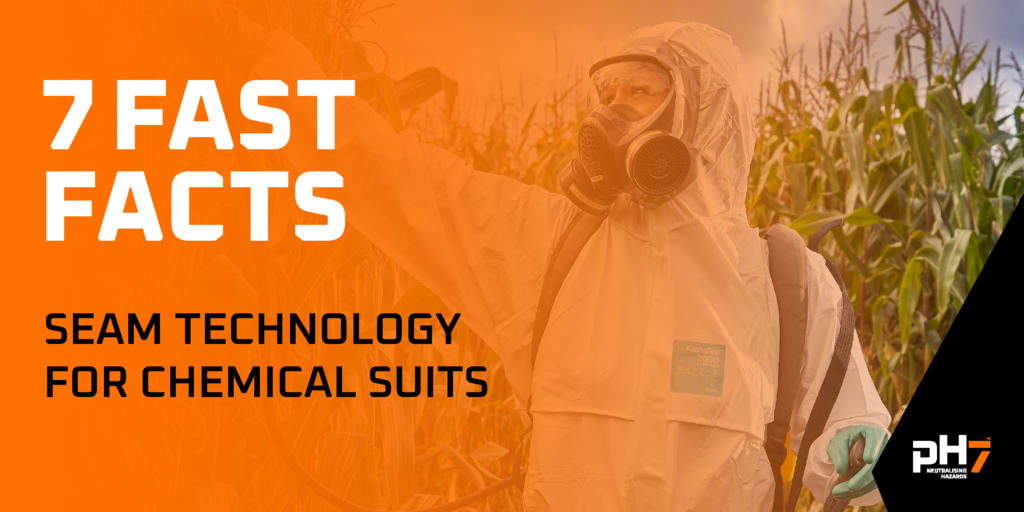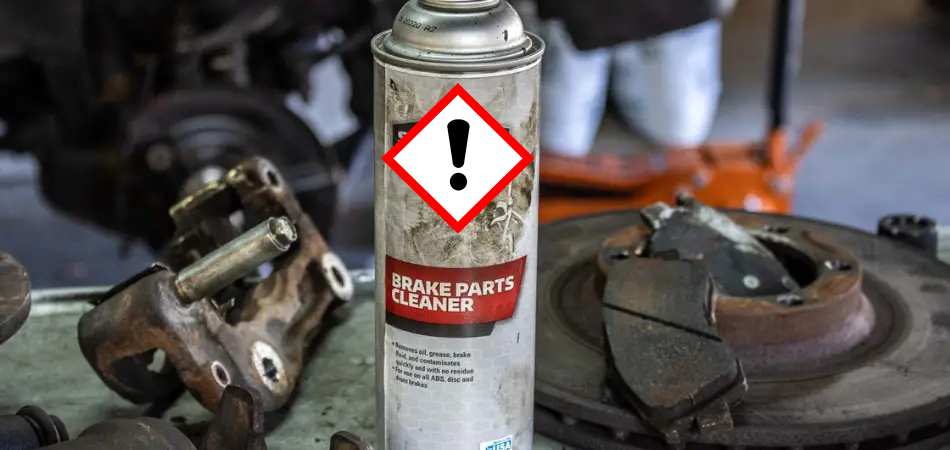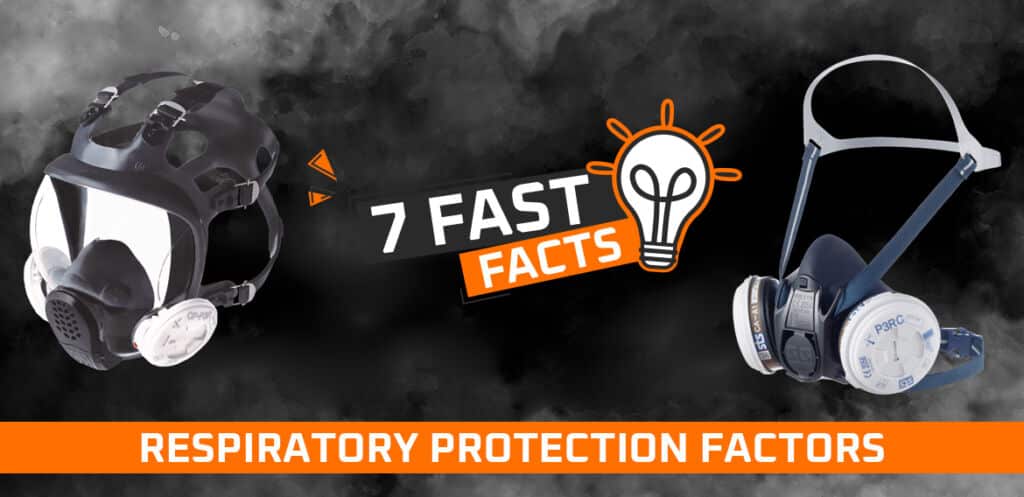While researching respiratory hazard risks in the workplace I came across this summary from Columbia University that briefly sets out some of the dangers from respiratory contaminants potentially found in the workplace. I’ve summarised the key points below and the full article can be found here.
The three most common routes for occupational exposure to toxic materials are inhalation, ingestion, and absorption. The respiratory system provides the quickest and most direct route of entry, which can be attributed to the fact that the respiratory system has a direct relationship with the circulatory system.
When deciding on the appropriate respiratory protection, the type of airborne contaminant must be considered.
AIRBORNE CONTAMINANTS
Gasses – a normally formless fluid that can occupy the space of an enclosure and which can be changed to the liquid or solid state only by the combined effect of increased pressure and decreased temperature. Examples of gases are ozone, carbon dioxide, carbon monoxide and chlorine.
Vapours – the gaseous form of a substance which is normally a solid or liquid and which can be changed to these states by either increasing the pressure or decreasing the temperature alone. Vapours can diffuse into a substance in its gaseous state, which is usually a solid or liquid at room temperature. Examples of vapours are methylene chloride, toluene and mineral spirits.
Dusts – particulate matter generated from intrusive processes such as grinding, blasting, or mixing. Examples of dusts are wood dust, coal and silica dust.
Mists – a dispersion of visible liquid particles, suspended liquid droplets generated by condensation from the gaseous to the liquid state or by breaking up a liquid into the dispersed state, such as by splashing, foaming or atomizing. Examples of mists are paint mists and oil mists.
Fumes – solid particles generated by condensation of vaporized material, generally after volatilization from molten metals. Examples of a fume generating processes are welding, brazing and smelting. Examples of fumes are lead, zinc and iron.
Fibres – fibres are solid particles with a length to width ratio of 3:1. Fibres can be found in insulation products. These agents if present in large concentrations can cause fibrosis or scarring in lung tissue. Examples of fibres are asbestos and fiberglass.
Toxic agents can also be classified according to the health effects they cause. These types of chemicals can be classified as irritants or asphyxiants.
IRRITANTS
Irritants are corrosive in action and can cause inflammation of the mucous membrane. They can also stimulate changes in the respiratory process such as increasing resistance to airflow.
Irritants are subdivided into two categories; primary and secondary:
Primary Irritants – Affect the upper respiratory tract. Form non-toxic end products, which cause no systemic health problems. Examples: Hydrochloric Acid (HCl), Sulphur dioxide (SO2), and Ammonia (NH3)
Secondary Irritant – Cause initial mucous irritation and produce toxic systemic effects due to their absorption on lung tissue. Examples: Chlorine (Cl2), Bromine (Br2) and Ozone (O3) affect the upper and lower region of the respiratory tract while, Nitrogen Dioxide (NO2), phosgene (COCl2) and arsenic trichloride affect the terminal regions of the lung.
ASPHYXIANTS
Asphyxiants are substances that have the capability to deprive living tissues of oxygen and are classified into simple and chemical.
Simple Asphyxiants – are usually physiologically inert gases that act by accumulating in sufficient quantities to prevent an adequate amount of oxygen to body tissues. Asphyxiants are often associated with confined spaces and other forms of vessel entry. Examples: acetylene (C2H2), carbon dioxide (CO2), ethane (CH2), methane (CH4), helium (He), hydrogen (H2) and nitrogen (N2).
Chemical Asphyxiants – are able, through their individual or unique toxic action, to render the body incapable of utilizing oxygen. Examples: carbon monoxide (CO), hydrogen cyanide (HCN) and hydrogen sulphide (H2S)
SENSITIZERS
Another potential workplace hazard is sensitizers. These substances cause an allergic reaction in sensitized individuals. Chemicals called histamines are released in the body in response to exposure to these substances. Symptoms can include constriction of the breathing passage and difficulty in breathing.
Examples of sensitizing agents include: Toluene-2, 4-diisocyanate (TDI) and Methylene bisphenyl isocyanate (MDI).
We offer a wide range of respiratory protection from Shigematsu, Japan’s leading respiratory manufacturer.
If you have concerns about respiratory contaminants your workplace, speak to one of the team at ph7 International on 0800 23223, enquiries@dilnz.co.nz or via the website.

